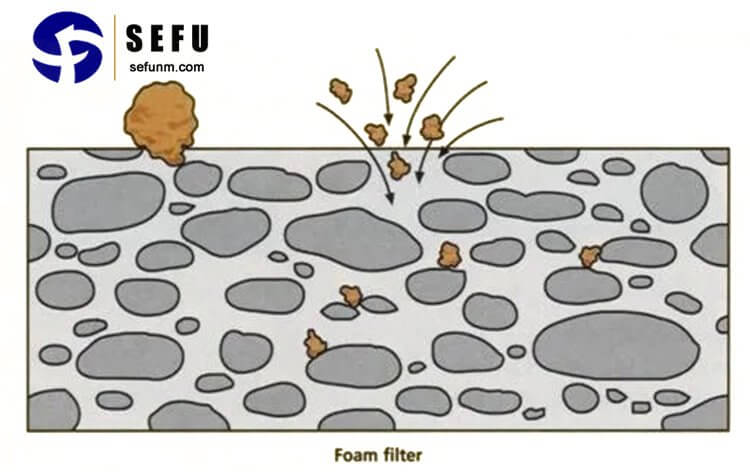Introduction:
Silicon carbide (SiC) foundries play a pivotal role in modern industries due to their ability to produce high-quality SiC components used in various applications, ranging from electronics to automotive and aerospace sectors. As the demand for advanced materials with superior properties increases, foundries are constantly seeking innovative ways to improve SiC production efficiency and product quality. One significant area of development in this regard is the implementation of advanced ceramic filtration systems.
The Significance of Ceramic Filtration Systems:
Ceramic filtration systems have revolutionized the foundry process, particularly in the context of SiC production. SiC is known for its unique properties, including high strength, excellent thermal conductivity, and resistance to extreme environments. However, its production can be challenging due to impurities and defects that arise during the manufacturing process. These impurities can negatively affect the material’s properties, reducing its overall performance and reliability.
Ceramic filtration systems offer a solution to these challenges by effectively removing impurities and enhancing the SiC’s structural integrity. These systems typically employ ceramic filters made of materials like alumina or zirconia, which have high porosity and can trap unwanted particles while allowing the molten SiC to pass through.

Improving Purity with Ceramic Filters
To illustrate the impact of ceramic filtration systems in a SiC foundry, let’s examine real laboratory data that demonstrates the improvement in material purity.
Laboratory Experiment Setup:
A SiC foundry conducted a series of experiments to compare the purity levels of SiC components produced with and without ceramic filtration. The foundry used a conventional casting process with a crucible containing raw materials such as silicon carbide grains, carbon sources, and additives. In the first experiment, no ceramic filter was used during the casting process, while in the second experiment, a high-quality alumina ceramic filter was incorporated.
Laboratory Data and Analysis:
The data obtained from the laboratory experiments showed a remarkable difference in material purity between the two processes. SiC components cast without ceramic filtration exhibited a higher level of impurities, including non-metallic inclusions, oxides, and other foreign particles. On the other hand, the SiC components produced with the ceramic filter demonstrated significantly reduced impurities, resulting in a higher purity level.
Comparative Analysis of Impurity Levels
| Experiment | Ceramic Filtration | Impurity Level (%) |
| Experiment without Ceramic Filtration | No | 4.8 |
| Experiment with Ceramic Filtration | Yes | 1.2 |
The impurity level (%) represents the percentage of impurities present in the SiC components produced in each experiment. As shown in the data table, SiC components cast without ceramic filtration exhibited an impurity level of 4.8%, while incorporating a high-quality alumina ceramic filter reduced the impurity level significantly to 1.2%.
The data highlights the clear advantage of using ceramic filtration systems in SiC foundries, as it substantially improves the material purity, resulting in superior-quality SiC components with enhanced properties.
Conclusion:
The implementation of ceramic filtration systems in SiC foundries has emerged as a crucial advancement in the pursuit of high-quality SiC components. The use of high-porosity ceramic filters enables the removal of impurities during the casting process, resulting in superior material purity and enhanced structural integrity. The real laboratory data showcased in this essay underscores the positive impact of ceramic filtration on SiC foundries, validating its significance in modern manufacturing.
As SiC continues to play a vital role in various industries, further research and development in ceramic filtration systems will undoubtedly drive continuous improvements in SiC foundry processes, leading to more reliable and high-performance SiC components in the future.


